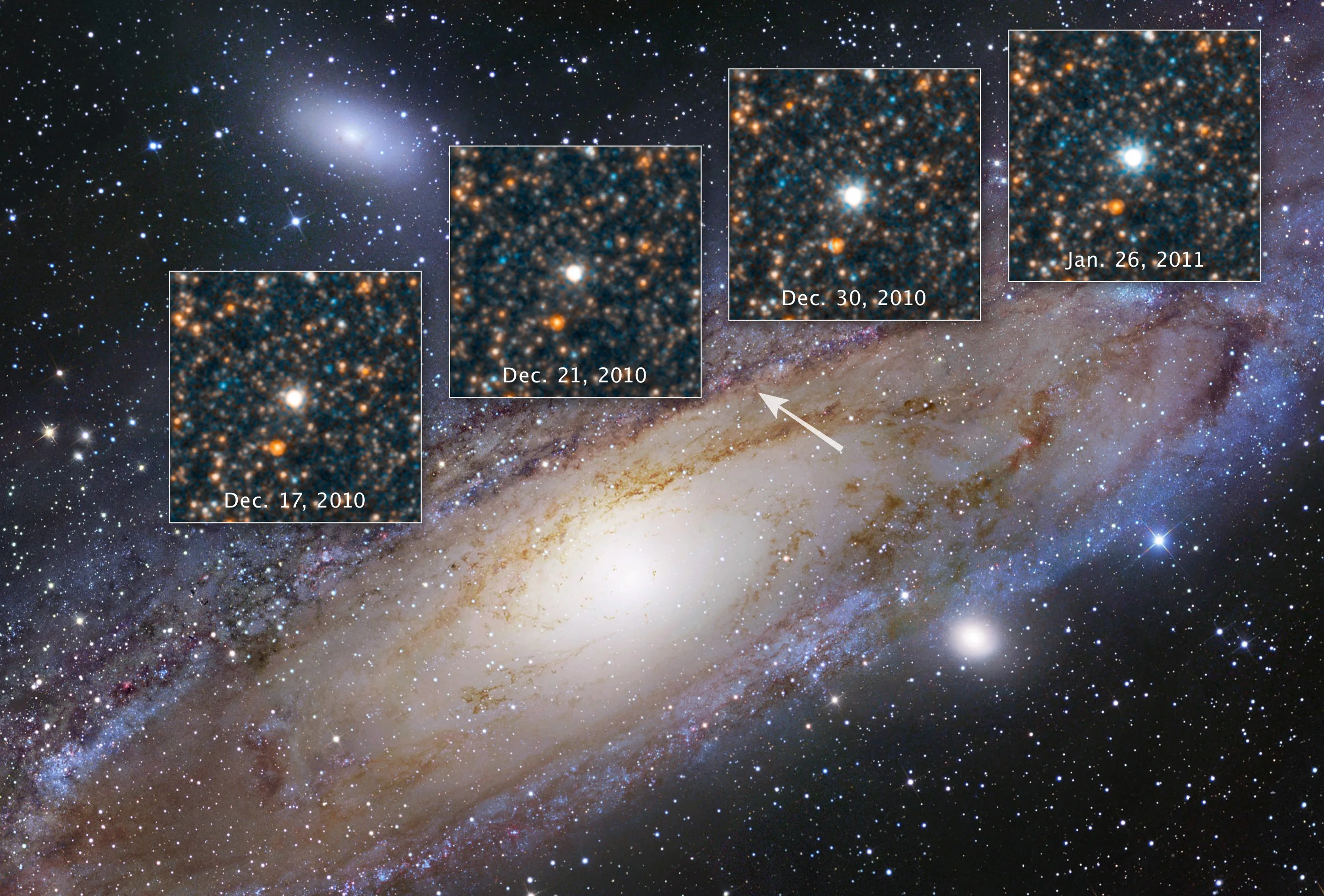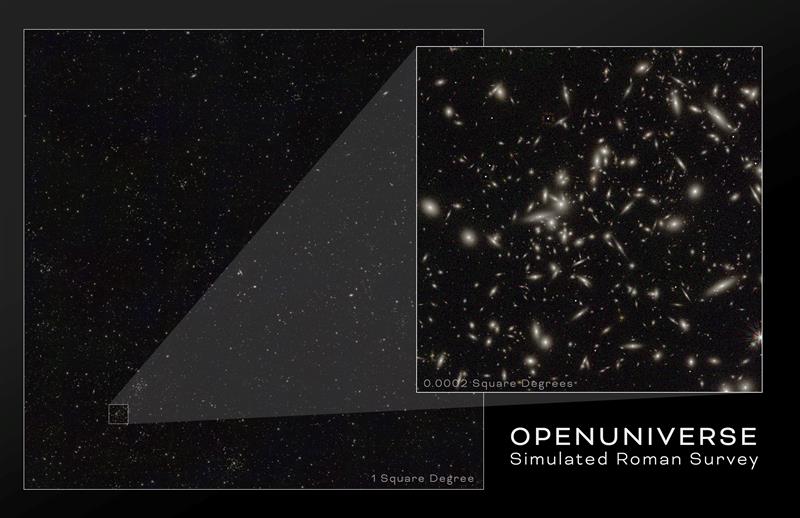Citizen Science Highlights
NASA needs your help! You can collaborate with professional scientists, conduct cutting-edge science, and make real discoveries. A science degree is not required, just a passion for understanding the natural world. Here, you can read news about NASA-funded citizen science projects, new discoveries, and opportunities to get involved. For more information on current citizen science projects.
Filters

Hubble Captures Young Stars Changing Their Environments
This NASA/ESA Hubble Space Telescope image peers into the dusty recesses of the nearest massive star-forming region to Earth, the Orion Nebula (Messier 42, M42). Just 1,500 light-years away, the Orion Nebula is visible to the unaided eye below the…

NASA’s Hubble Traces Hidden History of Andromeda Galaxy
In the years following the launch of NASA’s Hubble Space Telescope, astronomers have tallied over 1 trillion galaxies in the universe. But only one galaxy stands out as the most important nearby stellar island to our Milky Way — the…

NASA Scientists Find New Human-Caused Shifts in Global Water Cycle
In a recently published paper, NASA scientists use nearly 20 years of observations to show that the global water cycle is shifting in unprecedented ways. The majority of those shifts are driven by activities such as agriculture and could have…

Exoplanets Need to Be Prepared for Extreme Space Weather, Chandra Finds
Planets around other stars need to be prepared for extreme weather conditions, according to a new study from NASA’s Chandra X-ray Observatory and ESA’s (European Space Agency’s) XMM-Newton that examined the effects of X-rays on potential planets around the most…

NASA’s Pandora Mission One Step Closer To Probing Alien Atmospheres
Pandora, NASA’s newest exoplanet mission, is one step closer to launch with the completion of the spacecraft bus, which provides the structure, power, and other systems that will enable the mission to carry out its work. “This is a huge…

NASA Celebrates Edwin Hubble’s Discovery of a New Universe
For humans, the most important star in the universe is our Sun. The second-most important star is nestled inside the Andromeda galaxy. Don’t go looking for it — the flickering star is 2.2 million light-years away, and is 1/100,000th the…

NASA’s Webb Reveals Intricate Layers of Interstellar Dust, Gas
Once upon a time, the core of a massive star collapsed, creating a shockwave that blasted outward, ripping the star apart as it went. When the shockwave reached the star’s surface, it punched through, generating a brief, intense pulse of…

Newfound Galaxy Class May Indicate Early Black Hole Growth, Webb Finds
In December 2022, less than six months after commencing science operations, NASA’s James Webb Space Telescope revealed something never seen before: numerous red objects that appear small on the sky, which scientists soon called “little red dots” (LRDs). Though these…

New Simulated Universe Previews Panoramas From NASA’s Roman Telescope
Astronomers have released a set of more than a million simulated images showcasing the cosmos as NASA’s upcoming Nancy Grace Roman Space Telescope will see it. This preview will help scientists explore a myriad of Roman’s science goals. “We used…

NASA’s Hubble Tracks Down a ‘Blue Lurker’ Among Stars
The name “blue lurker” might sound like a villainous character from a superhero movie. But it is a rare class of star that NASA’s Hubble Space Telescope explored by looking deeply into the open star cluster M67, roughly 2,800 light-years…




